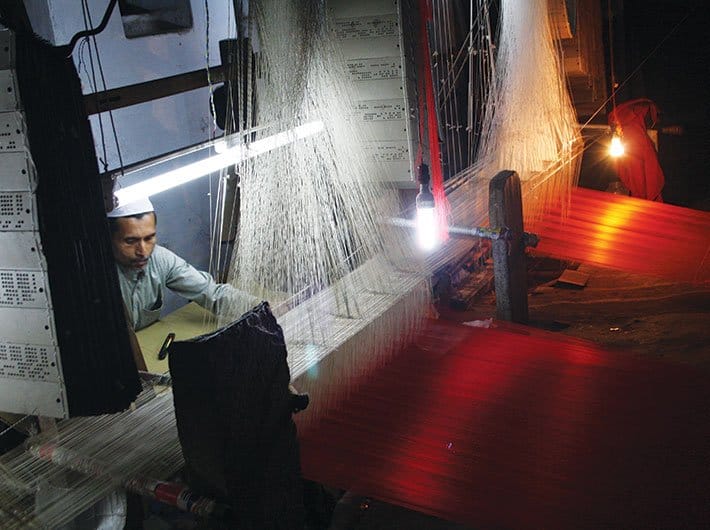From Loom to Lady – The Journey of the Beautiful Banarasi Saree
The Banarasi sarees are an opulent and classic icon of India’s finest art and rich heritage. It celebrates the magical transformation of silk and pure gold thread into six-yard drapes that are exquisite in their finesse and superior quality.
The beautiful Banarasi saree with its intricate details is an artisan creation that takes several months to complete. We can better appreciate the magnificence of this saree when we understand the different steps involved in its creation.
So, join us as we trace the fantastic journey of the Banarasi saree—from the very point of origin to when it reaches us at JDS Varanasi.
Glimpses into the origin and history of the Banarasi saree
The origin of the Banarasi saree can be traced back to the Mughal era, and specifically to Emperor Akbar’s regime. He promoted lavish use of gold and silver zari in embroidery on the finest silks, and before long rich silk brocade sarees with fine artwork became the specialty of Banaras.
Brocade weaving continued to flourish in the centuries that followed and Banarasi saree weaving still enjoys the status of a popular small-scale industry in modern India.
Tracing the journey of the Banarasi saree—the weaving process
The journey of each Banarasi saree begins with a selection of silk yarns for fabric and metallic yarns for the zari. While high-quality silk forms the fabric base, pure gold and silver alloys are used to create zari threads.
Once the yarn is ready, the next stage is weaving.
In the traditional method, weavers use pit looms. The handloom is set up with the warp and weft threads to create the saree. The motifs and designs are first sketched by artists and then transferred to punch cards or “Naksha Patta”. These are used in the handloom to transfer the design to the fabric.
The labor-intensive weaving process now begins. Skilled weavers spend several hours on the loom every day for many weeks to create masterpieces of art, ensuring perfection at every stage. Various colors are used at each stage to create intricate details that are characteristic of the Banarasi saree. Finer the details and greater the number of motifs, longer it takes to complete the work.
Once weaving is over, the saree is subjected to a finishing process where tiny threads on the reverse of the fabric are manually cut.
The Banarasi saree is now complete and ready to travel to its destination.
The culmination of the journey of the Banarasi saree
At JDS Varanasi, we recognize that each Banarasi saree is an exquisite masterpiece, showcasing the talent of the artisan who created it as well as the artistic qualities of the designer who conceptualized the design. It is far superior to any machine-made saree, for it has a soul-stirring quality that no mass-produced product can surpass.
We also believe that the beautiful Banarasi saree finds its glory in the hands of a woman who truly appreciates its worth. JDS Varanasi, makes this possible through an amazing collection of the finest Banarasi sarees of heirloom quality, only for those who seek the best.



